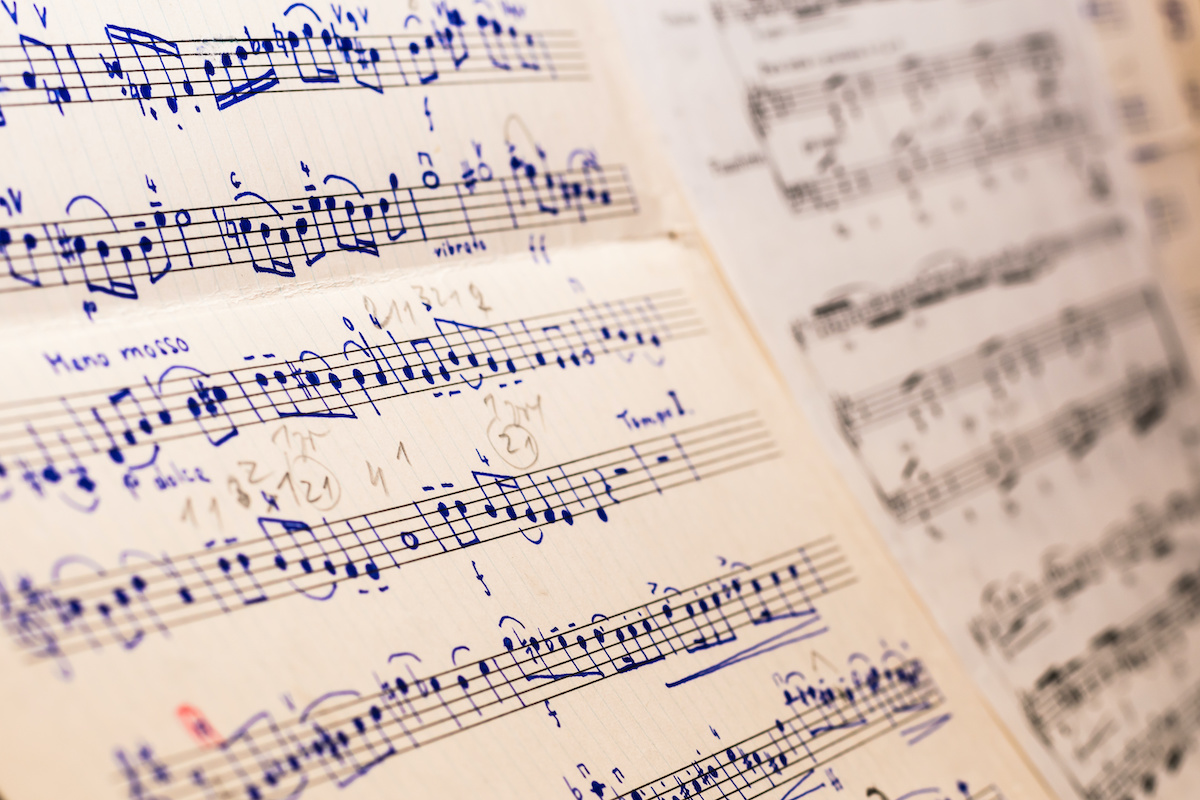

Harmonic And Melodic Minor Scales Series Of Monthly
The Minor Scale: What is It The typical minor scale is a musical scale that contains 7 notes.For the melodic minor scale, you raise the sixth and seventh notes of a scale by a half step as you go up the scale and then return to the natural minor as you.Weekly Workout is a series of monthly guitar exercises made up of interesting technical workouts that will get your fretting- and picking-hand fingers working in different ways, and offer musical studies that will help you visualize and explore the fingerboard.To understand how the harmonic and melodic minor scales are constructed, first take the A natural minor scale (A B C D E F G). Today, let’s take a look at minor scales and learn about what they are, as well as the 3 types of minor scales: natural, harmonic, and melodic scales are. As you work through this lesson, keep in mind that the goal is to get these complex chords in your ears and under your fingers, so that they’ll be available whenever you compose or improvise.However, minor scales are just as important and should also be included in your lessons. These materials can provide not only interesting fretboard exercises but abundant color for your guitar arsenal.

If you struggle to play these chords—in particular, the Bdim on the “and” of beat one requires a pretty big stretch of the fretting fingers—don’t worry. You can do this by stacking two thirds from within the scale on top of each note, as shown in Example 5. Week two: Building triadsThis week you’ll start expressing the A harmonic and melodic minor scales in triads, all using closed voicings.
Just as you did last week, if you’re up for it, play these arpeggios and chords in other spots on the fretboard, possibly transposed to other root notes as well.When learning harmonies generated from the harmonic and melodic minor scales, play them both as block chords and arpeggios. Compare the differences in the others: For example, A harmonic minor contains a Bdim chord, while A melodic minor has Bm. Note that the A harmonic and melodic minor scales share four of the same triads—Am, Caug, E, and G#dim. Example 6 contains the same triads, but played as eighth-note triplets, for a good fretboard workout.Now play the A melodic minor scale’s triads, first as block chords ( Example 7) and then in arpeggios ( Example 8).
Just as you did with the triads in the previous week, notice which chords are shared between the A harmonic and melodic minor scales, and which are different. After you’ve gotten a feel for these chords, try playing them in different orders and in varied rhythms and grooves—see, for instance, Example 10b, which uses four of the chords in a jazzy vamp.Now take the same steps, but with the A melodic minor scale, starting with the root-position arpeggios ( Example 11), followed by the block chords ( Example 12a). In Example 10a, these chords are presented in guitar-friendly block chord voicings. Example 9 shows all of the seventh chords in root position within the A harmonic minor scale, starting off with the colorful Am(maj7)—an Am triad (A C E) with a major seventh (G#).
Week four: 10-bar bluesThis week you’ll be applying this lesson’s concepts to a ten-bar D minor blues ( Example 13), with chords drawn from D melodic minor (D E F G A B C#, bar 1, etc.) and D harmonic minor (D E F G A Bb C#, bar 3, etc.), as well as G harmonic minor (G A Bb C D Eb F#, bar 2, etc.) and G melodic minor (G A Bb C D E F#) bars 4–5, etc.).Play through this example slowly, using as little motion as possible when switching between the chord shapes. Example 12b shows just one possibility—rolling arpeggios between the Am(maj7) and G#m7b5 chords.Once you’ve learned the chords in this lesson, visualize other voicings on the fretboard and make them a part of your harmonic vocabulary. Then, have fun playing around with the chords.
Not only is this a good workout for your fingers and ears, it can provide you with fresh chords for spicing up your music.


 0 kommentar(er)
0 kommentar(er)
